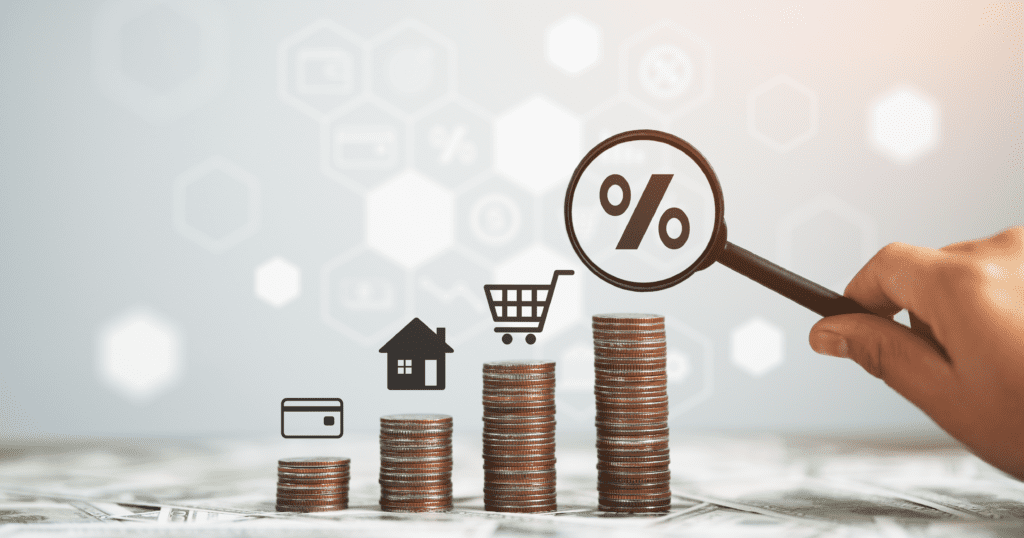
On Wednesday, September 21st, the Federal Reserve raised its key interest rate by 0.75 percentage points, following increases in June and July. The Federal Reserve has been increasing interest rates on loans at a rate not seen in decades, but its measures have so far done little to stop the sharp increase in prices.
Annual inflation dipped to 8.3% in August, marginally from the previous month. Although fuel costs have decreased significantly from their historic highs in June, the cost of used automobiles and plane tickets has decreased marginally. Still, the price of rent, groceries, and electricity has risen.
Inflation has gathered speed that may not be easily reversed. Price increases have spread to commodities and services that are not immediately affected by the pandemic or the war in Ukraine.
How Will These Affect You — The Consumer?
Here are some of the most significant ways a rate hike could affect you.
Credit Card interest becomes heftier.
When the Fed hikes rates, credit card debt increases since credit card interest rates typically move in sync with the fed funds rate. This key interest rate affects commercial banks’ short-term borrowing rates. A higher fed funds rate equals greater borrowing costs, which can restrict bank borrowing.
Banks raise consumer lending rates to cover increasing borrowing expenses. Most credit card issuers base APRs on the prime rate; the rate banks charge the least-risky borrowers. Most credit cards carry a variable APR based on the prime rate plus a percentage for operating costs and profit.
The “variable” component suggests your new card’s interest rate can change based on the prime rate. If your credit card APR is 16.25% and the Fed raises it by 50 points, your issuer may boost it to 16.75%. Higher credit card interest rates make carrying debt more expensive. Pay down your debt as much as possible or use a 0% APR balance transfer card to save money.
The cost of mortgages and loans goes up.
Most 15 and 30-year mortgage rates are fixed and based on Treasury yields and the economy, while adjustable-rate mortgages and home equity lines of credit are related to the prime rate. Nonetheless, due partly to inflation and the Fed’s policy shifts, the purchasing power of anyone looking to purchase a new home has significantly diminished.
According to the Mortgage Bankers Association, rates for 30-year fixed-rate mortgages have dipped to 8.3%, more than doubling in only a year. This coincides with the central bank’s promise to be tough on inflation. Also, mortgage applications continue to drop, now at a 22-year low, and fewer borrowers would gain from a refinance.
Savings account rates are gradually rising.
Savings account rates have been rising in response to the increasing fed funds rate, which is good news for savers. The federal funds rate is unrelated to deposit interest rates. The Annual Percentage Yield (APY) that banks pay on deposit accounts like savings accounts, money market accounts, and certificates of deposit (CDs) has been rising gradually.
Banks need to increase interest rates to entice depositors, but they now have enough cash on hand, so they can afford to increase yields gradually. Depending on the financial institution, deposits with greater APYs may not increase in value. Online banks, smaller banks, and credit unions often offer more appealing yields and have been boosting rates faster than their larger counterparts.
If you want to earn more from your savings, an online bank or credit union may be your best option. While the FDIC reports that the average savings account rate has increased from 0.06% to 0.17% since January, the highest savings accounts offer annual percentage yields of 5% or more on select deposits. If inflation rises, the safety of your financial reserves becomes even more important.



